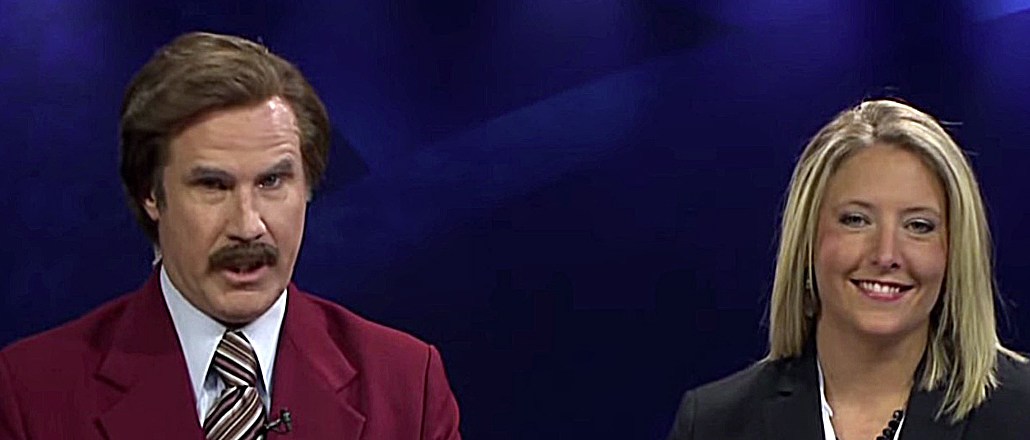
Media observers like to chalk up the failures of local news to its inherit scale limitations, but the real problem might be how sites define local news.
The Odyssey, a 6-year-old community news platform, says it’s inverting the local-news formula by combining community-based news with coverage that appeals to a broader audience. The site has built up a stable of 1,600 writers across 180 campuses and neighborhoods, including big universities such as Arizona State University.
The most successful manifestation of its approach came in May, when Odyssey writer Mackenzie Pearson penned a 500-word post espousing the virtues of the “dad bod.” That post has gotten over 500,000 shares so far and even landed its writer on “Good Morning America.” Other articles may be less universally appealing as they’re tied to issues and discussions in the local communities (“Seven Love-Hate Relationships You Know All Too Well If You Go To UD”). The site was also the main breaking-news source for coverage of the death of Indiana University student Hannah Wilson earlier this year.
The site’s writers, many of whom are current and former students, publish around 2,000 stories a week on not only local matters, but larger issues as well. The site expects to have 450 communities by the end of the year.
“Instead of having national editors pushing out what they think is important, we’ve hired people around the country who have a vested interest their communities and are passionate about the things going on around them,” said Evan Burns, CEO of Odyssey parent company Olympia Media Group. “Those people know what’s going on and what’s relevant much more than anyone on the national level.”
That focus on local conversations also ties into The Odyssey’s overall distribution strategy. In lieu of pushing all of its articles out through its main Facebook page (which only has only 2,000 likes) The Odyssey relies entirely its writers, who push their articles out to their existing social connections. Burns said that this strategy solves both the distribution and relevance concerns that would hamper its model. The formula’s clicked. ComScore said that the site got 1.5 million visitors in May, through its internal numbers are closer to 10 million.
But the challenge for any local-news operation is making money. Two-thirds of new local online news sites make $100,000 or less a year, according to a poll from the Tow-Knight Center of Entrepreneurial Journalism, which polled 94 local-news sites nationwide. More than half of those sites generated $50,000 or less. That’s thanks in large part to the inherent limitations of local news, which, as a rule appeals only to a limited group of readers.
Evan said the Odyssey plans to avoid the local-news monetization trap by using its scale and tech platform to attract both regional and big-brand advertisers. It’s already worked on deals with 500 advertisers, including Verizon Wireless and State Farm.
“It’s all about scale. The problem with the model is that you can put together a hundred local-news stories a week, but none of those are going to go super viral by themselves,” Burns said. “But in aggregate, the model can work.”
Local news observers say that the site has found a smart formula in connecting local conversations to national debates and trends.
“Too often I hear people say that young people don’t care about local, but, in fact, I think they do. But how they define it may not square with traditional ideas of local-media markets and beats,” said Josh Stearns director of journalism and sustainability at the Geraldine R. Dodge Foundation. “Geography still matters, but everything is viewed through the lens of the Web, which connects topics and ideas, trends and people across places.”
More in Media

Digiday+ Research: Publishers’ growing focus on video doesn’t translate to social platforms
Major publishers have made recent investments in vertical video, but that shift is not carrying over to social media platforms.

Technology x humanity: A conversation with Dayforce’s Amy Capellanti-Wolf
Capellanti-Wolf shared insight on everything from navigating AI adoption and combating burnout to rethinking talent strategies.

How The Arena Group is rewriting its commercial playbook for the zero-click era
The company is testing AI-powered content recommendation models to keep readers moving through its network of sites and, in doing so, bump up revenue per session – its core performance metric.





